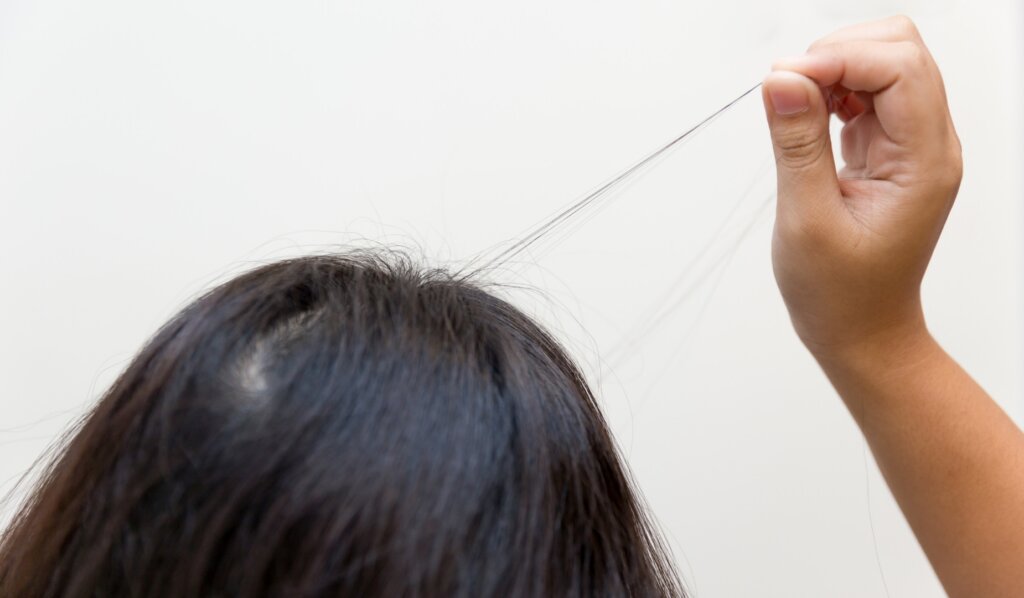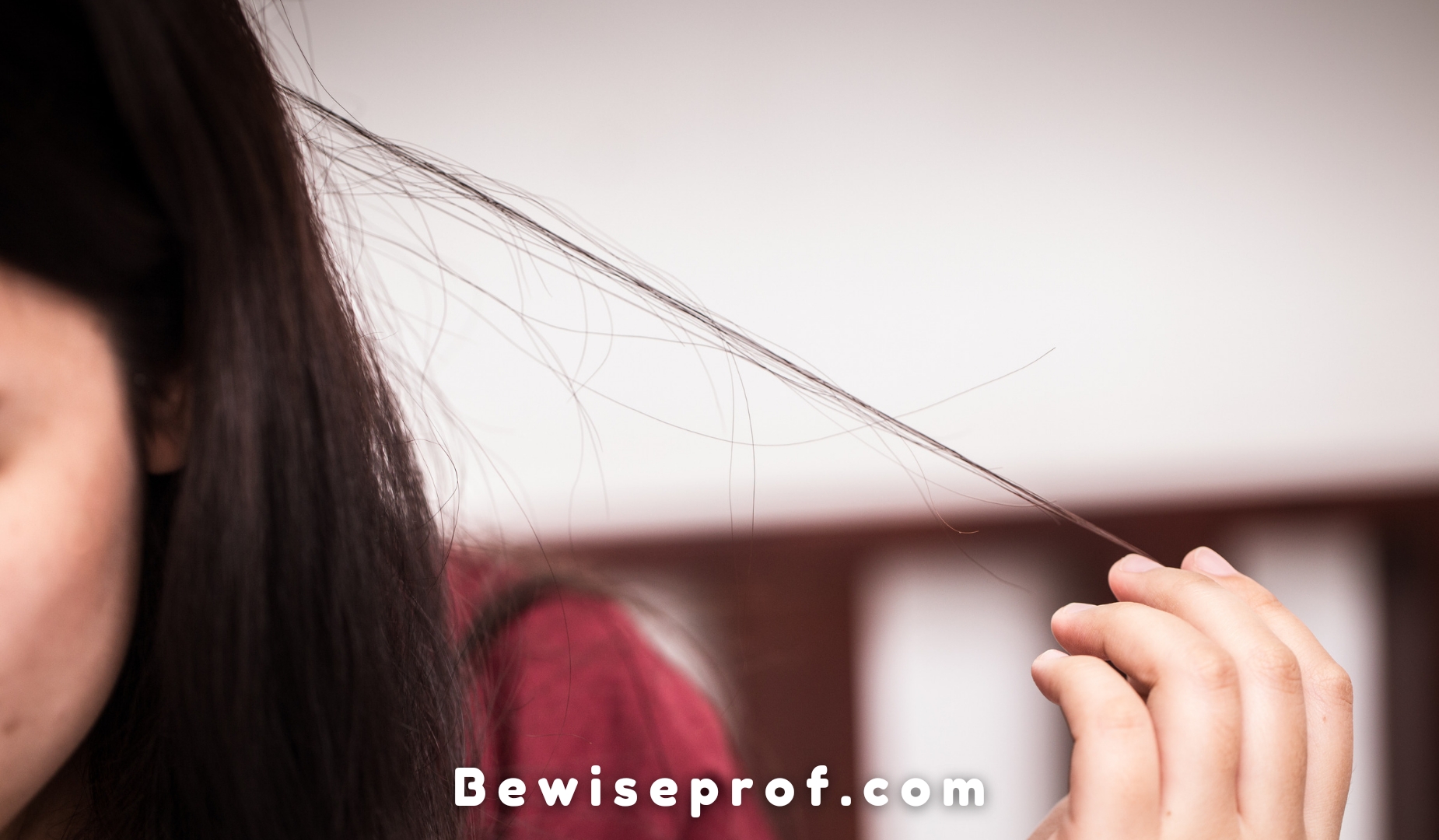Trichotillomania is a major concern for many who are suffering from it. From the outside, you might not be able to find out the intensity of the problems faced by the people. However, you will be able to see drastic changes in their physical conditions.
Trichotillomania is not a single but a combined problem that may start in childhood and lure to adulthood if not treated early.
What is Trichotillomania?
Well, don’t worry!
We have got you covered this time!
We will try to share all the details that you need to understand the conditions and the effective therapies as well.
Major Therapies To Treat Trichotillomania
Trichotillomania, also known as hair-pulling disorder, is a chronic mental health condition.
How to identify it?
Well, it can be characterized by recurrent pulling out of hair. You might notice hair loss and distress in these people. While the exact causes of this disorder are not fully understood, several therapies have been found effective in managing and treating trichotillomania.
Though the exact cause of Trichotillomania is yet undiscovered, we have found some of the best therapies to treat it. Thanks to the modern medical system and its positive practices. For them, now it is possible to find efficient solutions to Trichotillomania.
Here, we will try to discuss the major therapies used to treat trichotillomania, including medication, cognitive-behavioral therapy (CBT), and acceptance and commitment therapy. In fact, these are the most effective therapies that you will find so far in the industry to deal with Trichotillomania.
We hope that this comprehensive guide will provide valuable insights and help those struggling with trichotillomania with effective treatment options.
Cognitive-behavioral therapy (CBT)
Among all, Cognitive-behavioral therapy (CBT) is one of the most effective treatment therapies. In this therapy, individuals get the chance to identify and modify unhelpful thoughts and behaviors. After that, they can replace them with more positive and adaptive ones.
This approach is effective enough to reduce the air-pulling behaviors. Thus it also helps improve the overall quality of a person’s life.
Different types of CBT work effectively to treat trichotillomania!

Habit Reversal Training
Habit reversal training is considered to be one of the most effective therapies to treat trichotillomania. It involves identifying the triggers and situations that lead to hair-pulling behaviors and replacing them with more positive and adaptive behaviors.
This therapy focuses on helping individuals become more aware of their hair-pulling behavior, develop strategies to interrupt the behavior and learn alternative behaviors that can replace hair-pulling.
- Awareness training
- Competing response training
- Social support
However, habit reversal training is effective enough to reduce hair-pulling behaviors. It also works on improving the quality of life of the people struggling with trichotillomania.
Comprehensive Behavioral Treatment
Yes, comprehensive behavioral treatment is another type of Cognitive-behavioral therapy that reduces the effects of trichotillomania.
This therapy involves identifying triggers, developing strategies to manage them, and addressing the underlying emotional issues that may contribute to hair-pulling behaviors.
- Assessment and self-monitoring
- Addressing the environment
- Handing feelings in productive ways
- Dealing with thoughts that are not helpful
Comprehensive behavioral treatment aims to help individuals develop more positive and adaptive coping strategies that can replace hair-pulling behaviors.
Medication For Bfrbs
Medication can be helpful in managing the symptoms of Body-Focused Repetitive Behaviors (BFRBs) such as trichotillomania and skin picking. However, it is important to note that no single medication has been approved by the Food and Drug Administration (FDA) for the treatment of these disorders.
The use of medication for BFRBs is often aimed at reducing the feelings or sensations that can trigger picking or pulling behaviors rather than treating the disorder itself. Some research suggests that taking medication can be helpful in allowing individuals to use behavioral techniques that they might otherwise not be comfortable with.
Experts need a clear model to choose which medications to try.
Why?
Well, the exact neurologic system or chemical messengers involved in BFRBs are not discovered properly. However, some chemical messengers or neurotransmitters like glutamate, serotonin, GABA, acetylcholine, and dopamine are involved in BFRBs.
However, consulting with a healthcare professional before taking any medication for BFRBs is important.
Acceptance And Commitment Therapy
Acceptance and commitment therapy (ACT) is a form of therapy that aims to help individuals accept their thoughts and feelings and learn to act in accordance with their values.
This particular therapy is an efficient solution to manage trichotillomania. It can help individuals to gain positive and adaptive ways to avoid the urges of pulling hair.
Well, acceptance and commitment therapy can be an effective treatment option for individuals struggling with trichotillomania. It can help individuals develop more positive and adaptive ways of coping with the urges to pull their hair and improve their overall quality of life.
